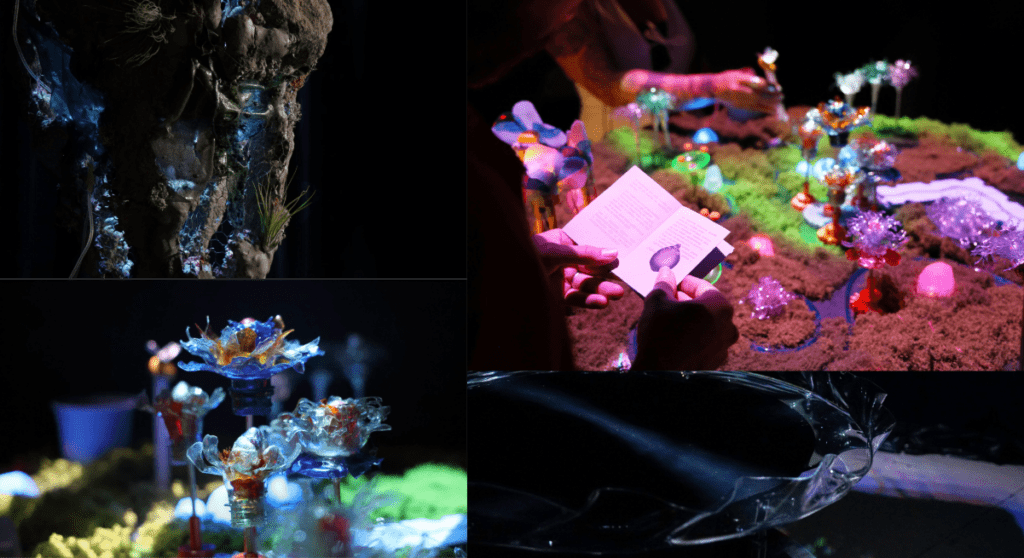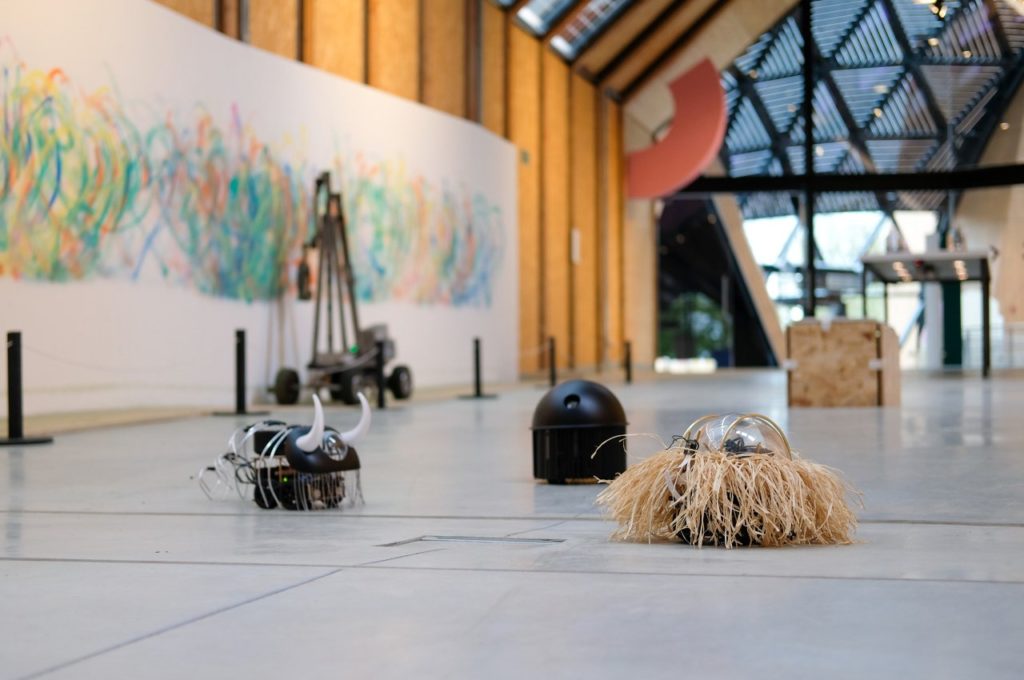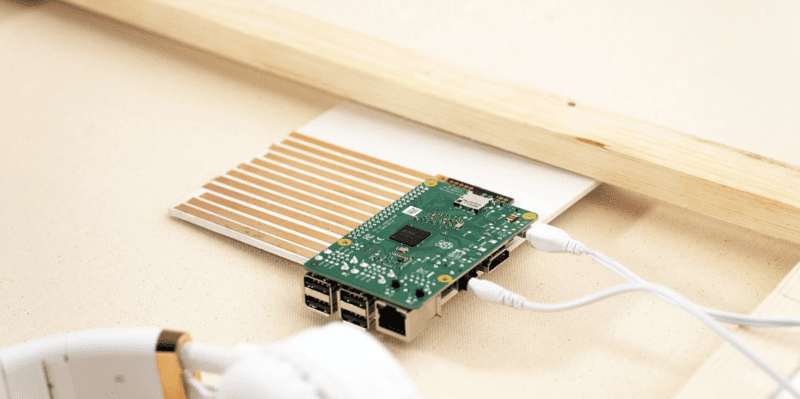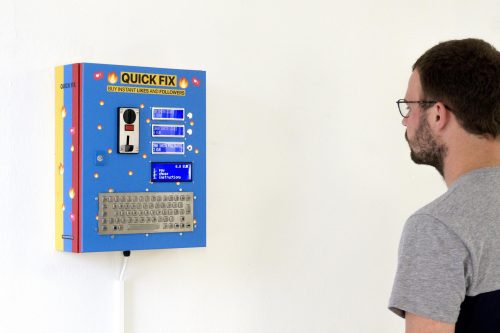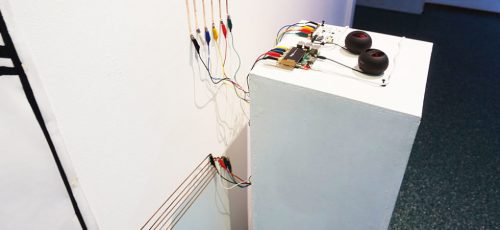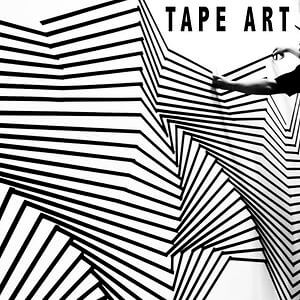Schlagwort: art installation
-

Technology meets creativity in two interactive art student projects
Reading Time: 2 minutesArt and engineering are not separate concepts. There is a great deal of overlap between the two and many modern disciplines increasingly blur those lines. Mónica Riki is an “electronic artist and creative coder” who embodies that idea: you might remember her and her incredible Arduino UNO R4-powered installations from our blog…
-

Adorable robots mimic Internet cookies
Reading Time: 2 minutesArduino Team — February 10th, 2022 If you’re like most people, you click “accept all” whenever a website asks you to allow cookies. That button is big and enticing, begging you to click so you can get to your content without thinking about the purpose of the cookies. That purpose is usually…
-

Interactive origami art with Raspberry Pi
Reading Time: 2 minutesRoss Symons is an incredible origami artist who harnessed Raspberry Pi and Bare Conductive’s Pi Cap board to bring his traditional paper creations to life in an interactive installation piece. [youtube https://www.youtube.com/watch?v=zUX7ya_oAgw?feature=oembed&w=500&h=375] Video by White On Rice Touchy-feely The Pi Cap is “[a]n easy-to-attach add-on board that brings capacitive sensing to your…
-

Tape Art Installation: Dimensionalizing The Corner At Wiretap Brewing In Los Angeles
Reading Time: < 1 minuteTape Installation at Wiretap Brewing in Los Angeles: Dimensionalizing the Corner, 2018 by artist, Darel Carey Bending space with perception: Line sequences in varied configurations create an illusion of dimension. I call this Dimensionalization. Two dimensions can be perceived as three, and vice versa. More info: darelcarey.com Tape Art Installlation by…
